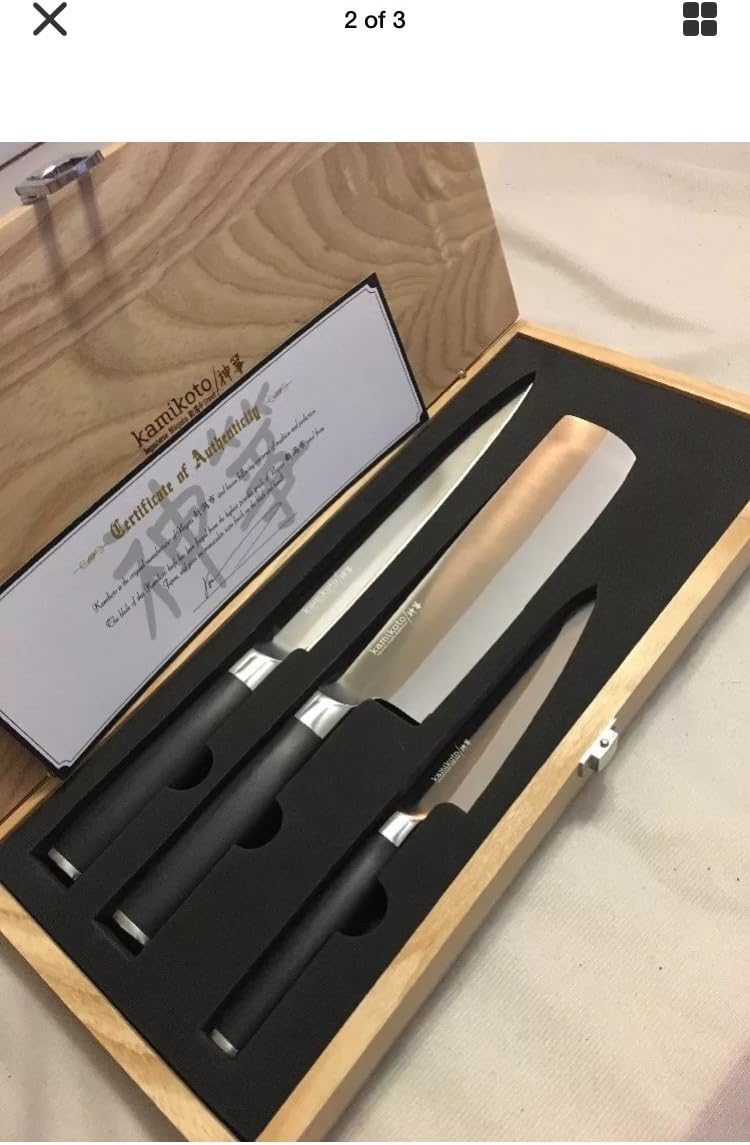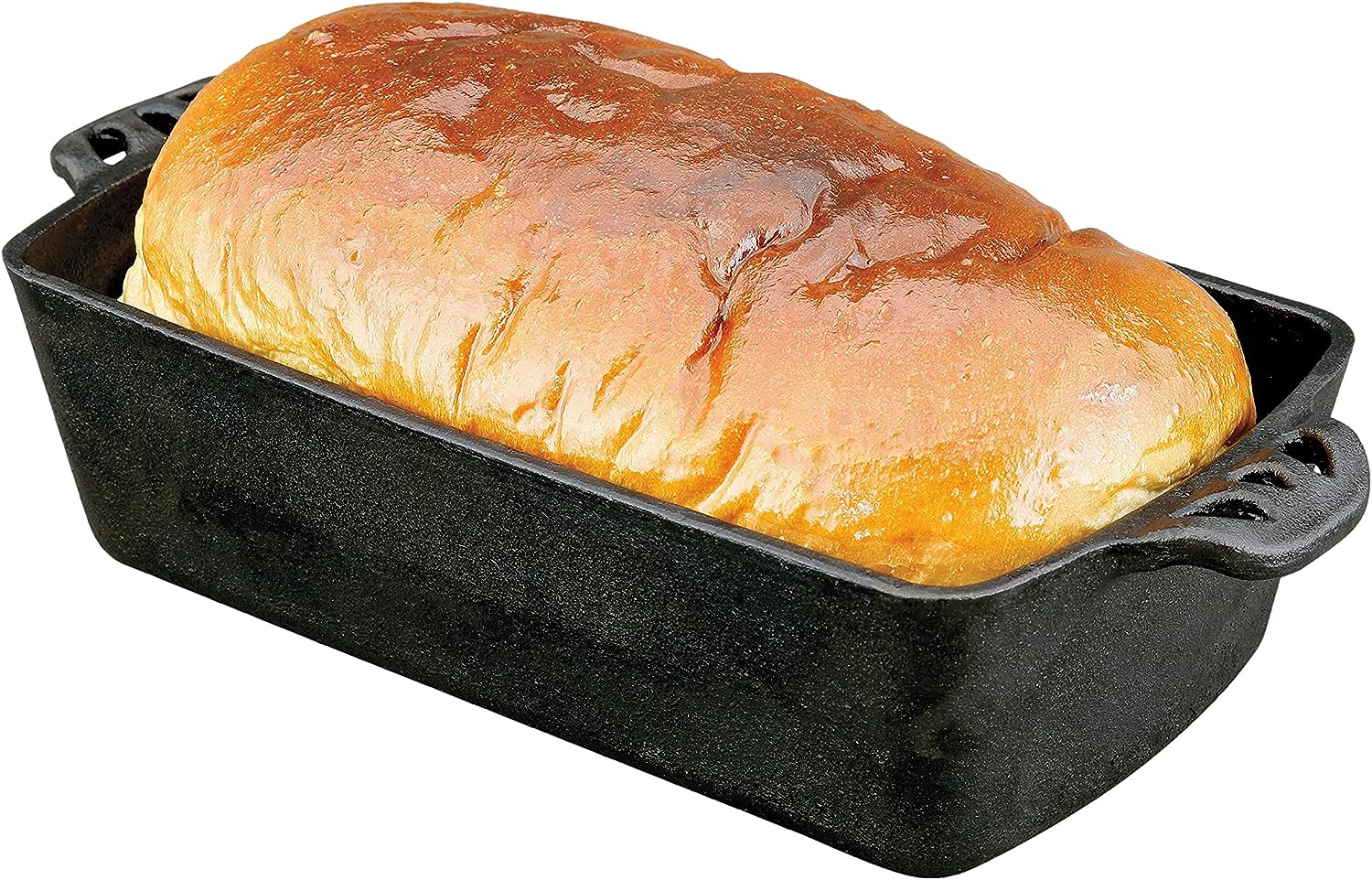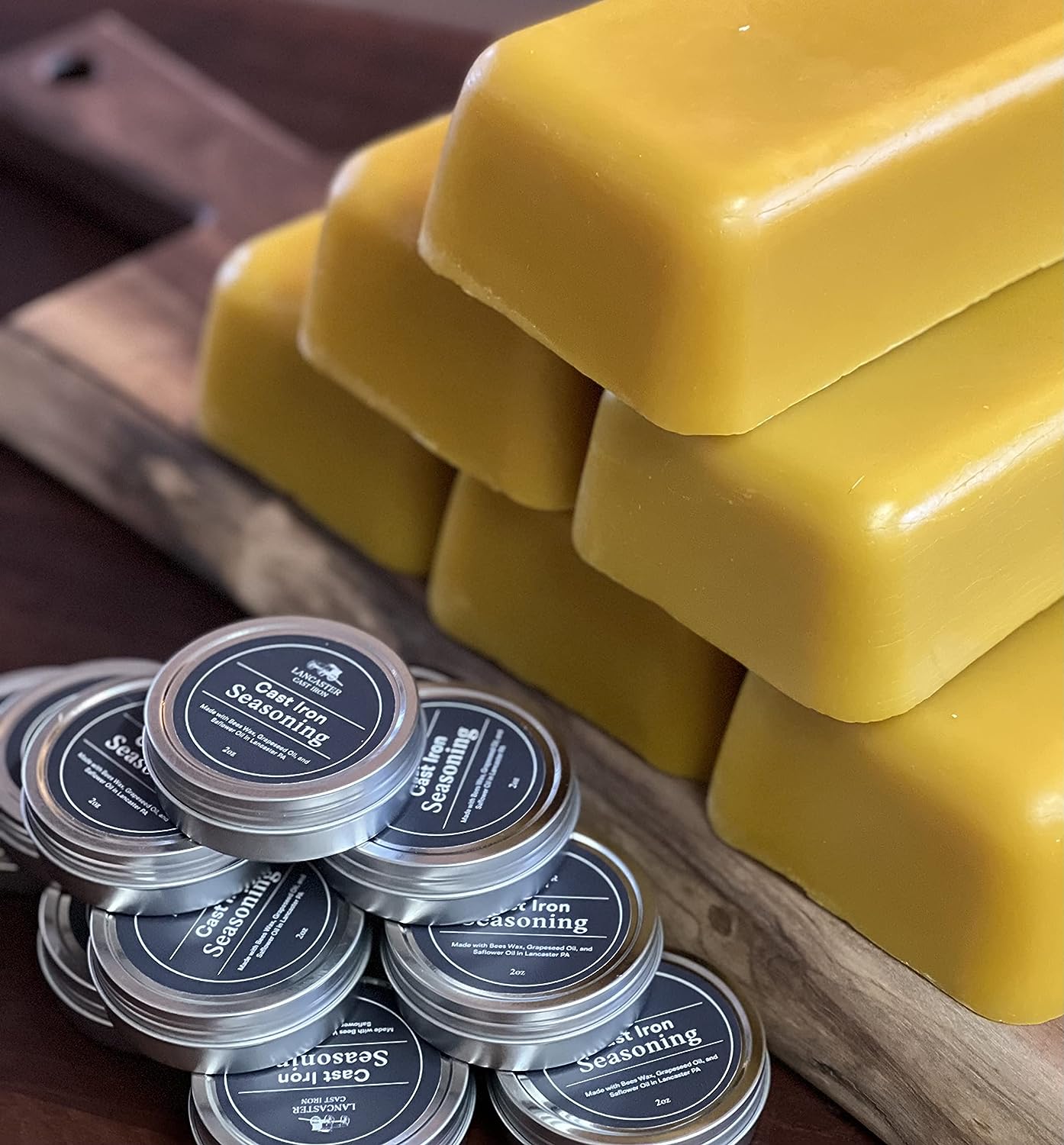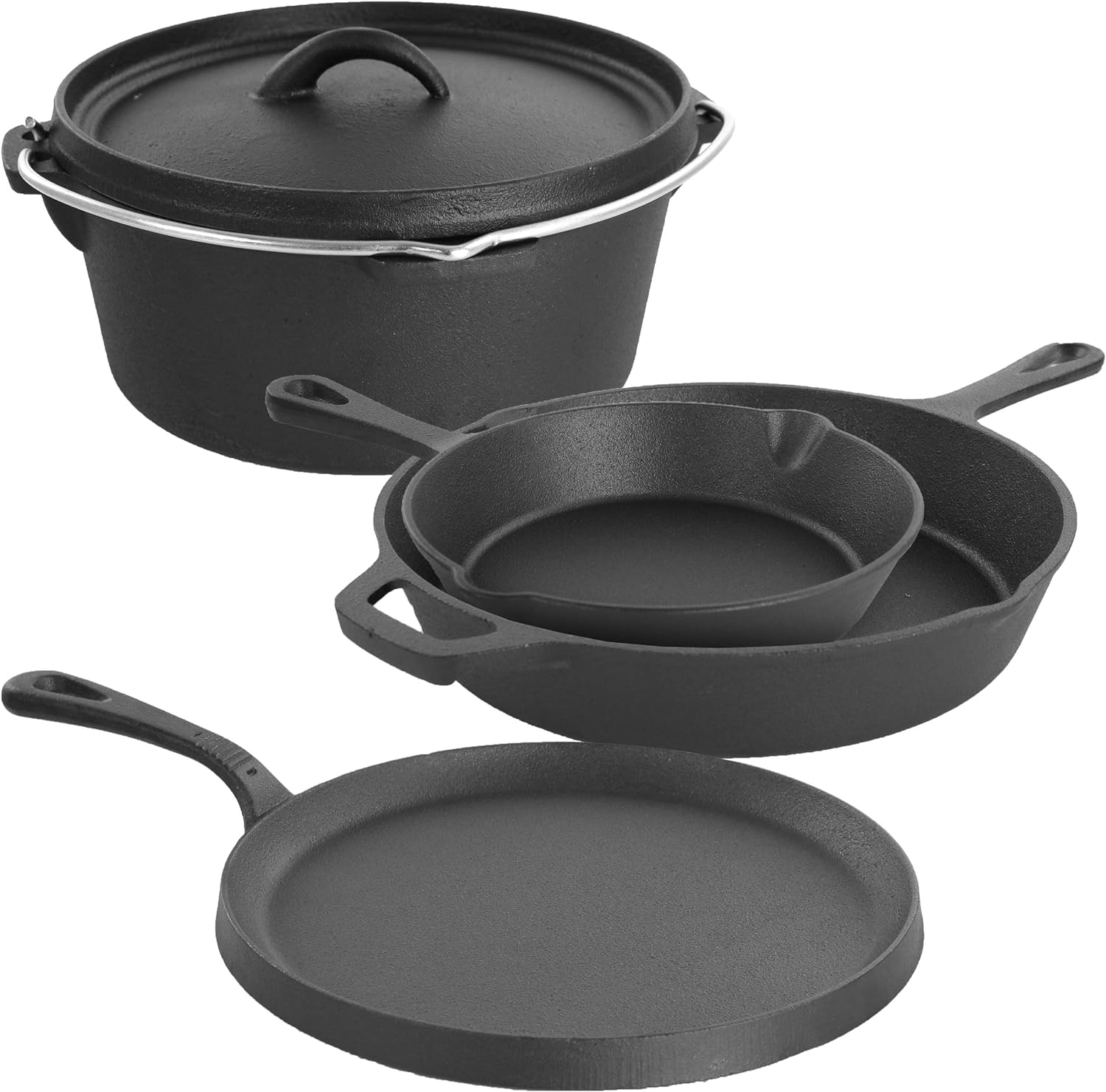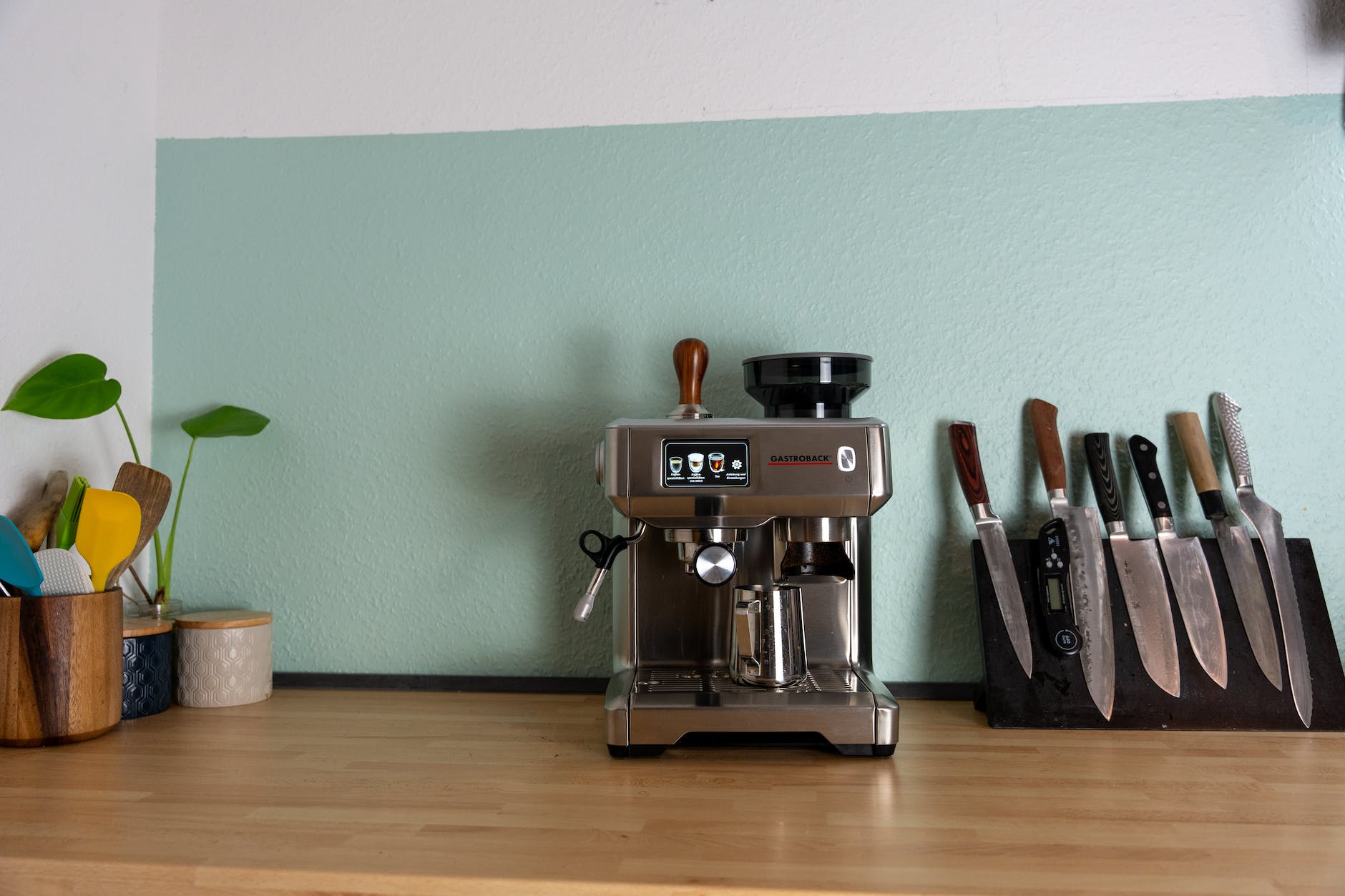Have you ever wondered why ceramic knives have become increasingly popular among amateur and seasoned chefs? The allure of these cutting tools goes beyond their sleek appearance.
Understanding Ceramic Knives
Ceramic knives are made from a type of hard material known as zirconia. This material is a form of ceramic that is extremely hard and resistant to wear. The manufacturing process involves high-temperature sintering, giving these knives remarkable characteristics.
When one thinks of a knife, the materials often associated with it are metals like stainless steel or carbon steel. However, ceramic knives have carved out a niche due to their unique properties and benefits that stand apart from traditional options.
The Composition of Ceramic Knives
In its essence, a ceramic knife is primarily composed of 95% zirconium oxide, a material known for its toughness. Despite being lighter than steel knives, ceramic knives hold an edge far longer, allowing users to cut through various ingredients easily. This material composition lends itself to a myriad of advantages.
Advantages of Using Ceramic Knives
Numerous benefits come with utilizing ceramic knives, each catering to different needs and preferences in the kitchen. Here’s a closer look at what makes ceramic knives a favorite choice for many.
Superior Sharpness
One of the standout features of ceramic knives is their extraordinary sharpness. Their edges can be honed to a level few metal knives can match. This sharpness allows for precise cuts, which can be especially beneficial when preparing delicate ingredients like herbs or vegetables.
- Extended Edge Life: Unlike metal blades, ceramic can retain its sharp edge for an extended period, meaning less frequent sharpening is required.
Lightweight Design
Ceramic knives are remarkably lightweight, making them easy to handle during prolonged periods of food preparation. Reduced hand and wrist fatigue can be a significant advantage, particularly for individuals who spend considerable time in the kitchen.
- Easy Mobility: Their lightweight nature allows for quick and effortless movement, making chopping, slicing, and dicing much more efficient.
Resistance to Corrosion
Another compelling benefit of ceramic knives is their inherent resistance to rust and corrosion. Unlike steel, which can be negatively affected by moisture, ceramic knives maintain their integrity even in humid conditions.
- Long-lasting Beauty: Avoiding rust enhances functionality and keeps the knives looking good, as stains and discoloration are less likely to occur.

Maintenance and Care of Ceramic Knives
Taking care of ceramic knives is essential to maximize their longevity and performance. Understanding how to maintain these tools correctly can make a world of difference.
Regular Cleaning
Ceramic knives require gentle handling during cleaning to maintain their pristine condition. Unlike metal knives, which can handle more abrasive cleaning methods, ceramic blades should be washed by hand with mild soap and water.
- Avoid the Dishwasher: It is advisable to avoid putting ceramic knives in the dishwasher, as the high heat and agitation can cause chipping or cracking.
Safe Storage
Proper storage goes a long way in preserving the sharpness and integrity of ceramic knives. It’s wise to store them in sheaths, drawer organizers, or magnetic strips designed specifically for knives.
- Preventing Damage: Correct storage can prevent accidental chipping or dulling of the blades.
Regular Inspection
Regular checks on ceramic knives allow users to address any chips or scratches before they become a problem. While it is challenging to damage a ceramic knife accidentally, vigilance can save time and frustration in the long run.
Versatility of Ceramic Knives
Ceramic knives come in various shapes and sizes, catering to the diverse needs of those in the kitchen. Here’s a breakdown of the benefits associated with different types of ceramic knives.
Chef’s Knives
The classic chef’s knife is a staple in any kitchen, with a broad blade suitable for various chopping, slicing, and dicing tasks.
- Precision in Preparation: The sharpness of a ceramic chef’s knife makes it incredibly effective for preparing meats, vegetables, and more.
Paring Knives
With its small blade, a paring knife is ideal for intricate tasks such as peeling or trimming fruits and vegetables.
- Control and Accuracy: The lightweight design of ceramic paring knives grants users the power needed for precise and careful preparations.
Utility Knives
Utility knives, slightly larger than paring knives but smaller than chef’s knives, are excellent for those who need a versatile tool for minor tasks, perfect for sandwich and salad preparations.
- Adaptability: These knives can slice various items, from cheese to bread, making them excellent multitaskers in the kitchen.

Disadvantages of Ceramic Knives
Despite their numerous advantages, it is essential to consider some challenges of using ceramic knives.
Brittleness
While ceramic knives are impressive in many ways, their challenging composition does make them somewhat brittle. Care must be taken when using them to avoid dropping or cutting through tough substances.
- Potential for Chipping: Users should exercise caution, as even a minor mishap can lead to chips in the blade.
Limited Use Cases
Although ceramic knives excel in specific areas, they are unsuitable for all tasks. For instance, they are not ideal for cutting through bones or dense materials, but metal knives handle much better.
- Choosing Wisely: Users must understand when to reach for a ceramic knife versus a metal knife to ensure optimal performance.
Cost Considerations
Ceramic knives generally come at a price point that can be higher than their metal counterparts. However, the longevity and durability may justify the investment.
Long-term Value
Though the initial investment might be more substantial, the longer edge retention and decreased need for sharpening translate to lower long-term costs.
- Quality over Time: Users may save money in the long haul, given these knives’ durability and prolonged sharpness.
Budget Options
Budget-friendly ceramic knife options are available for those hesitant to make a significant upfront investment. By carefully researching and reading reviews, individuals can find quality knives that fit within their budget without sacrificing performance.

Conclusion
In summary, ceramic knives have many benefits, ranging from unmatched sharpness to resistance to rust and corrosion. They offer a lightweight, user-friendly experience that can make cooking more enjoyable and efficient.
However, users must understand their limitations, such as brittleness, and the tasks they best suit. By taking proper care of these knives and understanding their value in the kitchen, anyone can harness the power of ceramic knives.
So, the next time one finds themselves in the kitchen reaching for a knife, they might consider the ceramic option. After all, their performance and usability make them remarkable tools for any cooking enthusiast.





